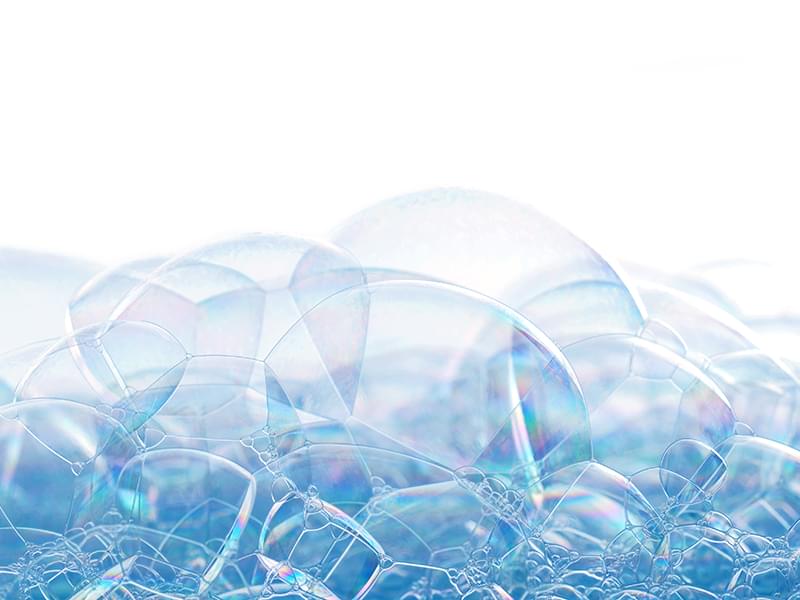As the world continues to combat the coronavirus, effective cleaning products are getting more and more attention, including those developed to protect their users and the environment. Both in homes and institutions, the demand for environmentally sustainable cleaning goods is accelerating as the world focuses acutely on protection from the virus and more generally on developing the circular economy to meet changing consumer preferences. These trends are detailed in a new report from Smithers,
The Future of Sustainable Cleaning Products to 2026.
In the current market (2021) the total retail value for environmentally sustainable laundry, surface care, dishwashing, and bath and shower goods will reach $75.0 billion, Smithers’ data says. With a forecast compound annual growth rate (CAGR) of 10.3%, the market will grow to reach $111.2 billion in 2026, buoyed by surging green homecare product sales. Introducing new cleaners with green credentials is now a priority among manufacturers with leading companies rolling out portfolios of options and making corporate commitments to cut their carbon footprint.
For the overall cleaning products market, growth is forecast by Smithers at 5.1%, climbing from $170.0 billion to $207.3 billion across the 2021-2026 survey period. Research conducted by Smithers found that demand will grow fastest for surfactants, solvents and polymers used in cleaning products. Investment in research and development will be key to the future transformation of the cleaning products industry to offering more sustainable options.
Obstacles to green products manufacturing
In the manufacturing arena, there are several obstacles faced by the cleaning products industry that when solved will improve the economics of using plant-based ingredients. These include developing green alternatives to acrylic polymers, engineering flora or microorganisms to produce branched hydrophobes with higher surface activity, and finding a cost-effective alternative to linear alkyl benzene sulfonate (LAS).
The industry is also working to lower the impact of non-ionic surfactants with the evolution of bio-based ethylene oxide, and producing sustainably grown palm oil as well as manufacturing cationic, amphoteric and other surfactants without synthetic chemical inputs.
Regional activity
Western Europe leads the global market with the fastest adoption of sustainable cleaning products. This will be supported by several circular economy initiatives from the EU and by a rising call from consumers for products that are safer for the environment.
In the US, newly elected President Biden has committed to addressing environmental issues with prompt action as soon as the COVID-19 pandemic is defeated.
Led by Asia and the Middle East, developing regions of the globe will consume a growing amount of institutional and home care cleaners, which will in turn elevate volumes of sustainable detergents. Leading global manufacturers will work to roll sustainable product portfolios for different regions.
The role of renewable packaging
Following changing consumer preferences, more sustainable packaging is also a priority for brands. Brands are working to substitute away from polymer packaging when feasible and are looking to reduce the amount of plastics in their packaging overall. Goals include wider use of recycled plastic grades and wider implementation of re-use formats.
